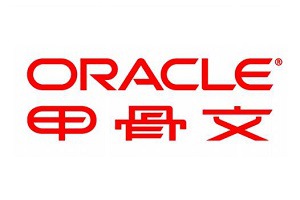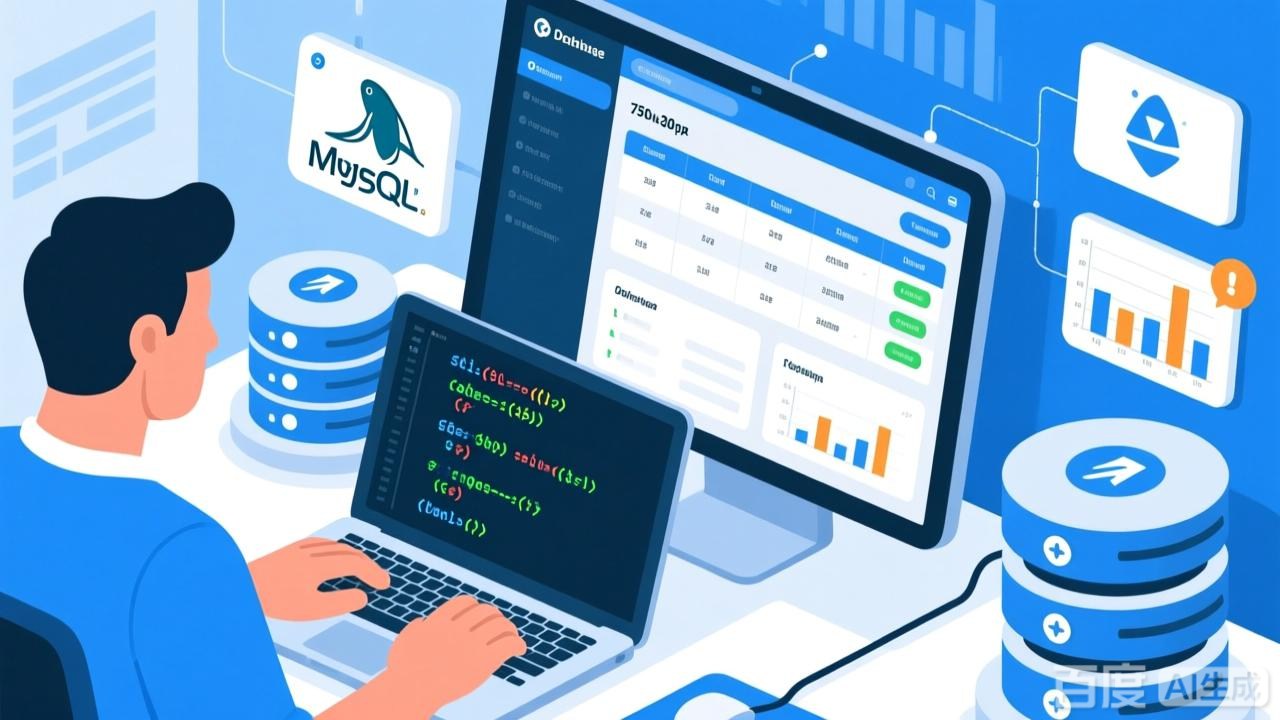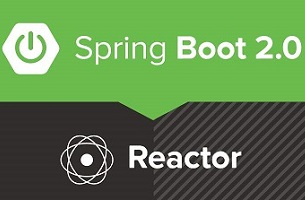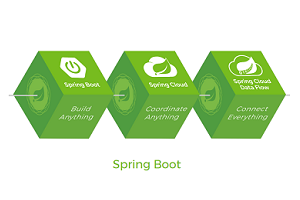mapreduce出现大量task被KILLED_UNCLEAN的3个原因
Request received to kill task 'attempt_201411191723_2827635_r_000009_0' by user ------- Task has been KILLED_UNCLEAN by the user 原因如下: 1.An impatient user (armed with "mapred job -kill-task" command) 2.JobTracker (to kill a speculative duplicate, or when a whole job fails) 3.Fair Scheduler (but diplomatically, it calls it “preemption”)
一篇老外的文章说的更详细:
This is one of the most bloodcurling (and my favorites) stories, that we have recently seen in our 190-square-meter Hadoopland. In a nutshell, some jobs were surprisingly running extremely long, because thousands of their tasks were constantly being killed for some unknown reasons by someone (or something).
For example, a photo, taken by our detectives, shows a job running for 12hrs:20min that spawned around 13,000 tasks until that moment. However (only) 4,118 of map tasks had finished successfully, while 8,708 were killed (!) and … surprisingly only 1 task failed (?) – obviously spreading panic in the Hadoopland.
When murdering, the killer was leaving the same message each time: "KILLED_UNCLEAN by the user" (however, even our uncle competitor Google does not know too much what it exactly means ;)). Who is “the user”? Does the killer want to impersonate someone?
More Traces Of Crime
The detectives started looking for more traces of crime. They have noticed the killed tasks belong to ad-hoc Hive queries which are quite resource-intensive. When looking at timestamps in log files from JobTracker, TaskTracker and map tasks, they figured out that JobTracker got a request to murder the tasks…
They have also noticed that tasks were usually killed young, quickly after the start (within 6-16 minutes), while the surviving tasks are running fine long hours.. The killer is unscrupulous!
Killer’s Identity
Who can actually send a kill request to JobTracker to murder thousands of tasks? Detectives quickly selected there main candidates:
- An impatient user (armed with
"mapred job -kill-task"command) - JobTracker (to kill a speculative duplicate, or when a whole job fails)
- Fair Scheduler (but diplomatically, it calls it “preemption”)
When looking at log messages saying that a task is "KILLED UNCLEAN by the user", one could think that some user is a prime candidate to be the serial killer. However, the citizens of our Hadoopland are friendly, patient and respective to others, so that it would be unfair to assume that somebody killed, in cold blood, 8,708 tasks from a single jobs.
JobTracker also seems to have a good alibi, because the job itself had not failed yet and the speculative execution was disabled (surprisingly Hive has own setting, hive.mapred.reduce.tasks.speculative.execution, for disabling speculative execution for reduce tasks, which is not overwritten by Hadoop’s mapred.reduce.tasks.speculative.execution).
FairScheduler Accused
For some company-specific reasons, the ad-hoc Hive queries are running as hive user in our Hadoopland. Moreover FairScheduler is configured with the default value of mapred.fairscheduler.poolnameproperty (which is user.name), so that the pools are created dynamically based on the username of user submitting the job to the cluster (“hive” in case of our ad-hoc Hive queries).
When browsing one presentation about Hadoop 2 years ago, one of the detectives just remembered that FairScheduler is usually preempting the newest tasks in an over-share pool to forcibly make some room for starved pools.
Eureka! ;)
At this movement everything became clear and a quick look at FairScheduler webpage confirmed it. “Hive” pool was running over its minimum and fair shares for a long time, while the other pools are constantly running under their minimum and fair shares. In such a case, Fair Scheduler was killing Hive tasks from time to time to reassign slots to tasks from other pools.
Less Violence, More Peace
Having the evidence, we could put Fair Scheduler in prison, and use Capacity Scheduler instead. Maybe in the future, we will do that! Today, we believe that Fair Scheduler has not committed the crimes really intentionally – we feel that we have educated it badly and gave it too much power. Today, Fair Scheduler gets the suspended sentence – we want to give it a chance to rehabilitate and become more friendly and less aggressive…
How to dignify the personality of Fair Scheduler?
Obviously tuning settings like minSharePreemptionTimeout, fairSharePreemptionTimeout, minMaps and minReduces based on the current workload could be a good way to control the aggressiveness of the preemption of Fair Scheduler. Easier said, than done, because it requires a deep understanding of and knowledge about your workload (which later may change or not).
There is a setting called mapred.fairscheduler.preemption that disables or enables preemption. However disabling preemption (or rather killing, to be precise), in our case, would just partially solve the problem. Only partially, because this issue exposed another problem in the Hadoopland – ad-hoc Hive queries are overloading the cluster.. Finally, we have not disabled preemption, because we were worrying a bit about SLA not being enforced without “any” preemption.
Having this said, the two problems to solve are:
- stop mass killing Hive tasks
- stop overloading the cluster by ad-hoc Hive queries
We simply limited the number of map and reduce tasks that Fair Scheduler can run in Hive pool (by setting maxMaps and maxReduces for that pool). In consequence, Hive pool could not contain too many task, so that Fair Scheduler could not kill too many of them ;) (because Hive pool’s will not be operating (too much) above its min and fair share level). Limiting the number of tasks prevents also from overloading the cluster by Hive queries (additionally one could also set the maximum number of concurrent jobs running in Hive pool using maxRunningJobs).
A nice thing to say is that Fair Scheduler is eager to cooperate, because changing the FairScheduler’s allocation file, does not require restarting of JobTracker. This file is automatically polled for changes every 10 seconds and if it has changed, it is reloaded and the pool configurations are updated on the fly. Thanks to that you can easily learn and change the personality of Fair Scheduler better. ;)
 关注公众号
关注公众号
低调大师中文资讯倾力打造互联网数据资讯、行业资源、电子商务、移动互联网、网络营销平台。
持续更新报道IT业界、互联网、市场资讯、驱动更新,是最及时权威的产业资讯及硬件资讯报道平台。
转载内容版权归作者及来源网站所有,本站原创内容转载请注明来源。
-
上一篇

Spring boot 通用配置文件模板
Spring boot 通用配置文件模板 001 # =================================================================== 002 # COMMON SPRING BOOT PROPERTIES 003 # 004 # This sample file is provided as a guideline. Do NOT copy it in its 005 # entirety to your own application. ^^^ 006 # =================================================================== 007 008 # ---------------------------------------- 009 # CORE PROPERTIES 010 # ---------------------------------------- 011 012 # SPRING CONFIG (ConfigFileApplicati...
-
下一篇

HDFS简介及用C语言访问HDFS接口操作实践
一、概述 近年来,大数据技术如火如荼,如何存储海量数据也成了当今的热点和难点问题,而HDFS分布式文件系统作为Hadoop项目的分布式存储基础,也为HBASE提供数据持久化功能,它在大数据项目中有非常广泛的应用。 Hadoop分布式文件系统(Hadoop Distributed File System,HDFS)被设计成适合运行在通用硬件(commodity hardware)上的分布式文件系统。HDFS是Hadoop项目的核心子项目,是一种具有高容错性、高可靠性、高可扩展性、高吞吐量等特征的分布式文件系统,可用于云计算或其它大数据应用中海量数据的存储(主要为大文件的存储)。 本文结合作者本人及同事对HDFS的学习和实践的理解,首先介绍HDFS的特点和重要SHELL命令(hadoop和hdfs命令)的使用,接着介绍HDFS提供的C访问接口LIB HDFS及其跟普通文件系统的C API的异同,然后介绍如何利用LIB HDFS接口实现简单的HDFS客户端并列举相关应用实例,最后针对编写HDFS客户端中遇到的问题进行描述和分析。 二、HDFS简介 HDFS是Hadoop项目的核心子项目,是一...
相关文章
文章评论
共有0条评论来说两句吧...
文章二维码
点击排行
推荐阅读
最新文章
- SpringBoot2编写第一个Controller,响应你的http请求并返回结果
- Springboot2将连接池hikari替换为druid,体验最强大的数据库连接池
- SpringBoot2更换Tomcat为Jetty,小型站点的福音
- Docker安装Oracle12C,快速搭建Oracle学习环境
- SpringBoot2整合Redis,开启缓存,提高访问速度
- Docker容器配置,解决镜像无法拉取问题
- Docker使用Oracle官方镜像安装(12C,18C,19C)
- CentOS8,CentOS7,CentOS6编译安装Redis5.0.7
- SpringBoot2整合MyBatis,连接MySql数据库做增删改查操作
- Windows10,CentOS7,CentOS8安装Nodejs环境












 微信收款码
微信收款码 支付宝收款码
支付宝收款码